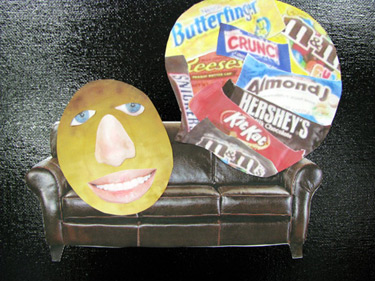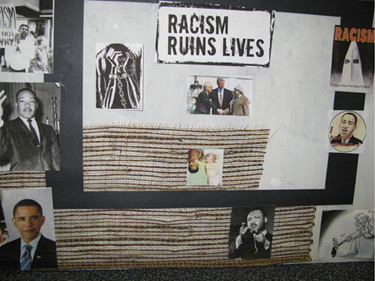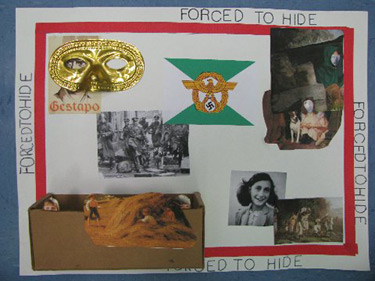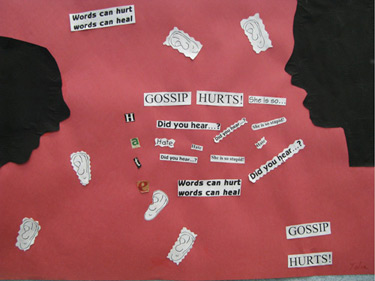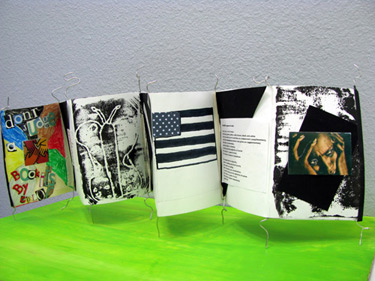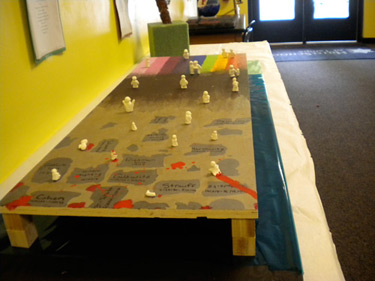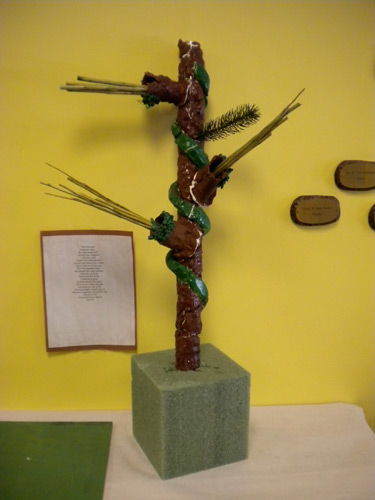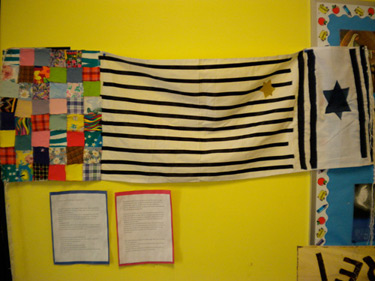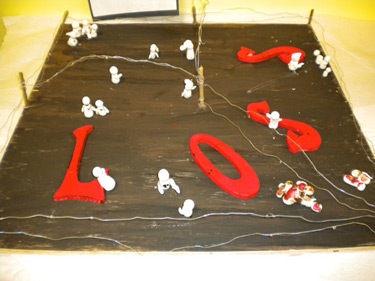Babe Ruth as Humanitarian Hero: An essay and digital media contest for Pinellas County High School Students
Introduction
Babe Ruth in many ways adopted St. Petersburg as his “home away from home.” He played Major League Spring Training Baseball in St. Petersburg for ten years (1925-35), first with the New York Yankees and one year with the Boston Braves. It is believed he hit his longest home run ever against Major League pitching in 1934 in St. Petersburg.
Babe Ruth is considered by many to be the greatest baseball player ever. Not as well known is his work as a humanitarian, including his love for his daughters Dorothy and Julia, commitment to children and youth, charitable work, philanthropy, friendship with African Americans and other minorities, and stand against hatred as evidenced by his signature in support of the 1942 “Christmas Declaration” condemning the mass murder of Jews in Nazi Germany.
Guidelines for Educators
The contest is open to high school students in public, religious, and private schools as well as home-schooled. The contest’s goal is to engage students in thinking about justice and injustice in their world. From bullying to abuse, young people today face difficult situations and decisions. The Student handout will contain the text below to provide guidelines for creating contest entries.
Tell us about the time you stood up to injustice.
- The purpose of the contest is to make Babe Ruth’s tremendous moral courage on behalf of both European Jews during the Holocaust and African American baseball players in the 1940s relevant and inspiring for today’s young people.
- Essays will be judged on perceptiveness, creativity, and facility with the English language.
- Please submit essay document in a PDF format with two spaces between lines. Use the standard Arial 12 pt. type font. The essays should be between 500 and 1,000 words.
- At the end of the essay, please type in your name, age, grade, name of teacher or advisor and her/his preferred phone number and email.
- Email PDF to BabeRuthHero@gmail.com and type “Babe Ruth Hero” in the subject line.
- Videos and Podcasts will judged on perceptiveness, creativity, and facility with the digital techniques. They must be at least two minutes and no longer than three minutes. Please display your name, age, grade, name of teacher or advisor and her/his preferred phone number as a screen credit at end of entry or as a spoken word audio credit for podcasts.
- For video submissions, email a YouTube web link to BabeRuthHero@gmail.com and type “Babe Ruth Hero / Video” in subject line. Submit podcast entries as an MP3 file attached to email. Write “Babe Ruth Hero / Podcast” in subject line.
- Deadline is midnight Thursday, March 15, 2018.
This contest is presented by Keep St. Pete Lit in conjunction with the St. Petersburg Museum of History for the SunLit Festival. The contest concept was initiated by Bob Barancik. The cash awards are provided by the Blake+Barancik Design Group, Inc.
Prizes
- There will be up to four Student awards of $100.00 each. There will be awards in each category (essay and new media). The teachers of students winners will each receive a gift card of $50 to use for school supplies.
- There will be an official awards ceremony on Tuesday, April 17 at St. Petersburg History Museum during the SunLit Festival where checks and certificates will be presented to the winners. (Time TBA)
- Winning essays and digital media will be featured on the artnothate.com, keepstpetelit.org, spmoh.com websites and possibly other appropriate online venues.
- All entrants retain the copyrights to their original creative entries but permit Keep St. Pete Lit to use the material for relevant educational and promotional purposes.
- Universal Babe: Documentary Trailer
- Babe Ruth and the Holocaust: Jewish News Service Article
- Babe Ruth The Humanitarian: Northeast Journal article by Will Michaels
Direct any additional questions to BabeRuthHero@gmail.com. Please put “Questions / Babe Ruth Hero” in subject line.
Entry Form
Baseball legend Babe Ruth was a hero in off the baseball field. He worked to help set up baseball teams for African-American kids. During World War II, Babe Ruth courageously joined other Americans to speak out on behalf of European Jews during the Holocaust. He supported African American baseball players in the 1940s.
Tell us about the time you stood up to injustice. What does it take to speak up and speak out about something you know is wrong? Has anyone ever stood up or spoken out to help you or your family? What would you do to make a difference?
Tell us your ideas and your stories. You may submit a written essay, a podcast, or a short video.
ESSAYS
- If possible, please use Arial 12 pt. type font, double-spaced.
- Your essay should be between 500 and 1,000 words.
- Your essay will be judged on your ideas and creativity.
- At the end of the essay, please add your name, age, grade, name of your teacher or advisor, and her/his preferred phone number and email.
- Please submit your essay as a PDF.
PODCASTS AND VIDEOS
Videos and Podcasts will judged on your ideas and creativity, and how well you use digital technology.
- Your video or podcast must between two and three minutes long.
- Please display your name, age, grade, name of teacher or advisor, and her/his preferred phone number as a screen credit at end of entry or as a spoken word audio credit for podcasts.
- For video submissions, email a YouTube link to BabeRuthHero@gmail.com. Please write “Babe Ruth Hero/Video” in the subject line.
Questions? Please send your questions to BabeRuthHero@gmail.com. Please put “Questions/Babe Ruth Hero” in the subject line.








 We all need examples of how to live life with integrity. In the photo, artist Bob Barancik and Mary Ellen Bitner, Art Curator, look at two portraits of people who spoke out about the human condition: Jan Karski and Andrei Sakharov.
We all need examples of how to live life with integrity. In the photo, artist Bob Barancik and Mary Ellen Bitner, Art Curator, look at two portraits of people who spoke out about the human condition: Jan Karski and Andrei Sakharov.











